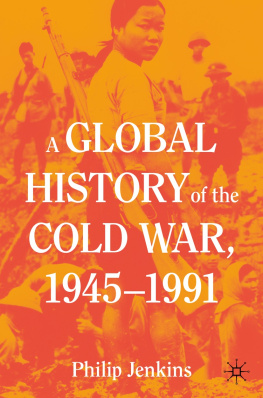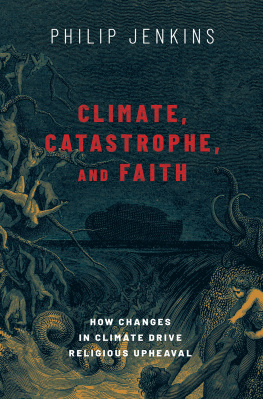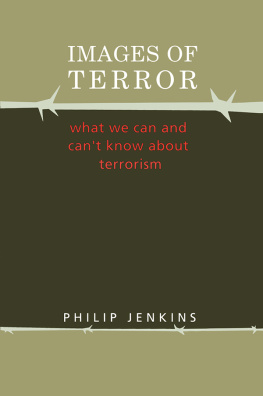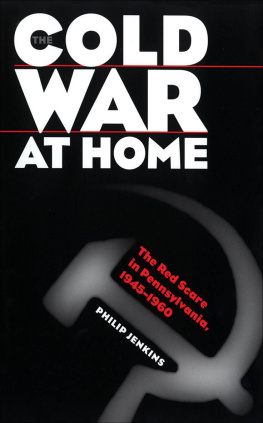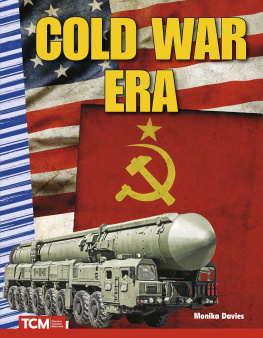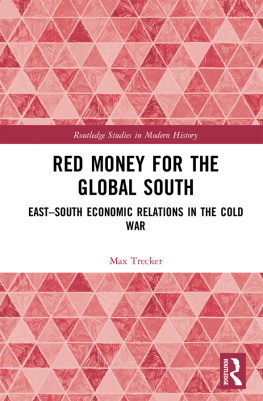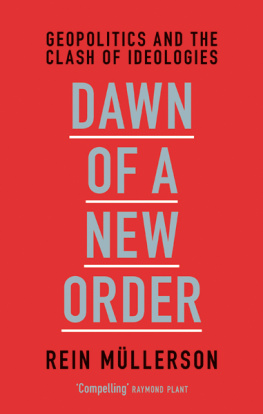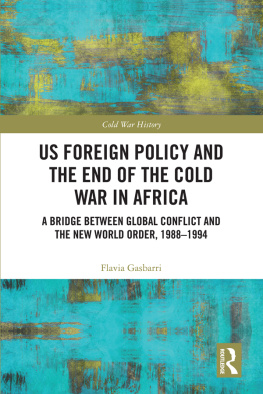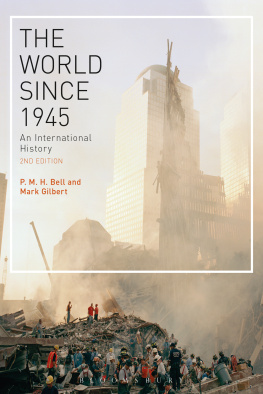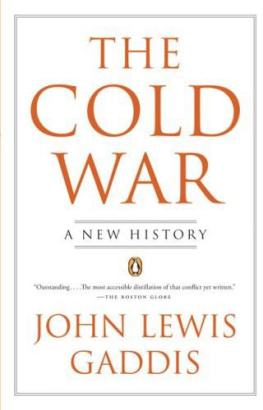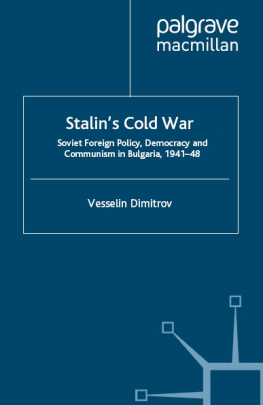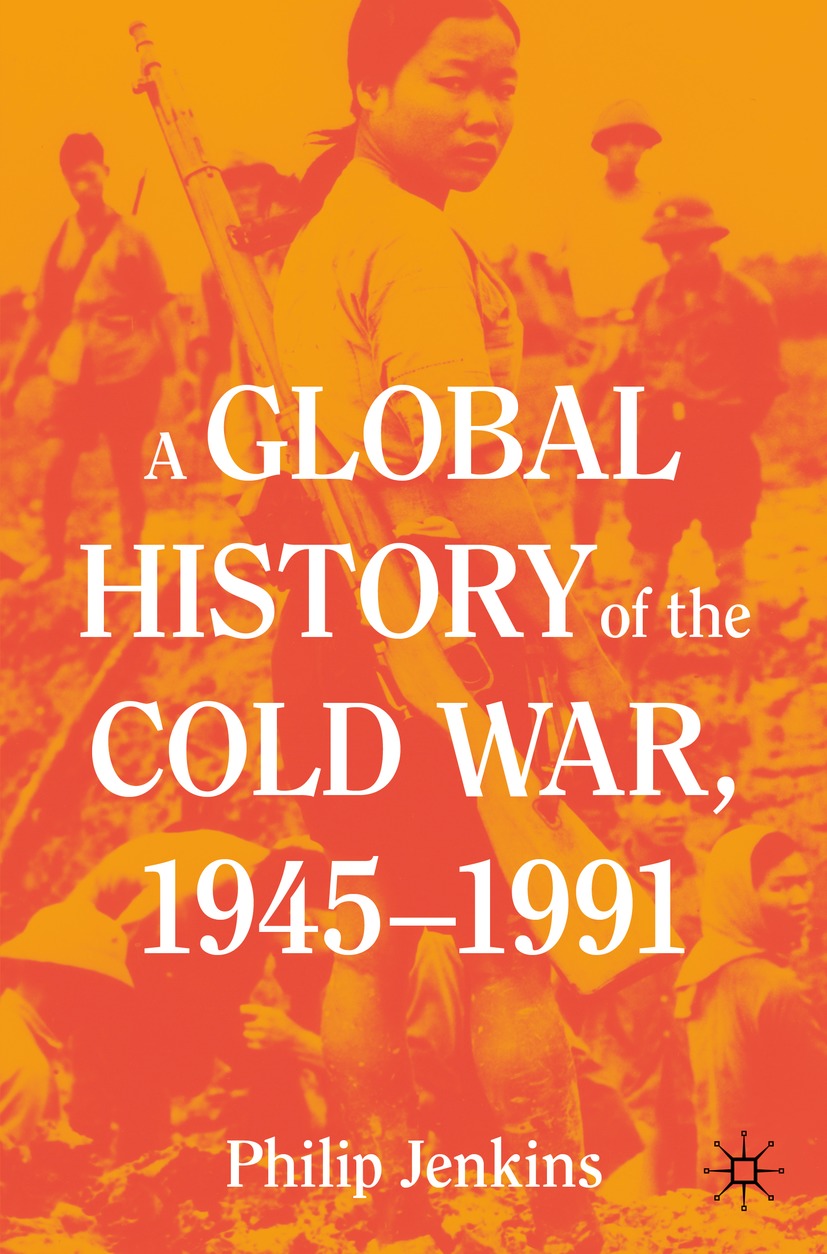Philip Jenkins
A Global History of the Cold War, 19451991
1st ed. 2021

Logo of the publisher
Philip Jenkins
Institute for Studies of Religion, Baylor University, Waco, TX, USA
ISBN 978-3-030-81365-9 e-ISBN 978-3-030-81366-6
https://doi.org/10.1007/978-3-030-81366-6
The Editor(s) (if applicable) and The Author(s), under exclusive license to Springer Nature Switzerland AG 2021
This work is subject to copyright. All rights are solely and exclusively licensed by the Publisher, whether the whole or part of the material is concerned, specifically the rights of translation, reprinting, reuse of illustrations, recitation, broadcasting, reproduction on microfilms or in any other physical way, and transmission or information storage and retrieval, electronic adaptation, computer software, or by similar or dissimilar methodology now known or hereafter developed.
The use of general descriptive names, registered names, trademarks, service marks, etc. in this publication does not imply, even in the absence of a specific statement, that such names are exempt from the relevant protective laws and regulations and therefore free for general use.
The publisher, the authors and the editors are safe to assume that the advice and information in this book are believed to be true and accurate at the date of publication. Neither the publisher nor the authors or the editors give a warranty, expressed or implied, with respect to the material contained herein or for any errors or omissions that may have been made. The publisher remains neutral with regard to jurisdictional claims in published maps and institutional affiliations.
Cover illustration: @ Keystone Press / Alamy Stock Photo
This Palgrave Macmillan imprint is published by the registered company Springer Nature Switzerland AG
The registered company address is: Gewerbestrasse 11, 6330 Cham, Switzerland
Contents
Part IBetween Wars? 19451967
Part IILiving in the Cold War
Part IIIThe Struggle Redefined: 19681991
The Author(s), under exclusive license to Springer Nature Switzerland AG 2021
P. Jenkins A Global History of the Cold War, 1945-1991 https://doi.org/10.1007/978-3-030-81366-6_1
1. Introduction
Philip Jenkins
(1)
Institute for Studies of Religion, Baylor University, Waco, TX, USA
Near Omaha, Nebraska, stands Offutt air base, which from 1948 through 1992 was the home base for the US Strategic Air Command (SAC). Founded in 1946, the SAC was tasked with organizing vast nuclear-armed bomber fleets which ideally would deter any foe tempted to attack the country. Within a few years, these were increasingly augmented by missiles. Offutt was chosen as headquarters because Nebraska stood at the heart of the continental United States and was furthest removed from potential enemy bomber attacks. From 1959, Offutt was defended by powerful surface-to-air missiles. The SAC remained active and on perpetual watch until it stood down in 1992, following the end of the global confrontation that we call the Cold War.
Offutt became home to a museum displaying key aircraft in US military history, which later moved to another Nebraska location to become the Strategic Air Command and Aerospace Museum. This is an extraordinary place, with many tangible remains of that frightening era. The stars of the large collection include such astonishing items as a gigantic Convair B-36 bomber, with its 230-foot wingspan. With a combination of jet engines and multiple piston-driven propellers, some versions of the B-36 had an intercontinental range of 10,000 miles. From the time it entered into service in 1948 until its replacement by the B-52 in 1955, the B-36 was a mainstay of the US strategic arsenal, and over 360 such aircraft were built. These aircraft, and other later weapon systems, were intended to bear the nuclear arms that would annihilate the Soviet Union, causing many millions of deaths. At the same time, Soviet equivalents would be extinguishing great cities in the US and Europe.
What makes this museum so distinctive is that it commemorates a war that was never fought or, at least, in anything like the way that was contemplated. In consequence, no B-36 ever engaged in combat of any kind. The B-36 never achieved the legendary fame of other aircraft like the Flying Fortress or the Spitfire, and never featured in popular culture depictions of heroic deeds or futile missions. We can view that achievementthat non-warin different ways. We might be extremely thankful that wise policies and effective deterrents prevented such a catastrophe, or else we might be outraged and angry that anyone ever contemplated such horrific slaughter. But the importance of the story cannot be exaggerated. Both in the threat that was posed to human civilization and the fact that the ultimate confrontation was averted, we are looking at one of the most significant facts in human history.
What Kind of War?
If the importance of the Cold War is beyond doubt, its unusual quality raises some intriguing issues for a historian. When we describe other wars, such as the Napoleonic conflicts or the Second World War, we know exactly who the participants were, when the conflicts began and ended, and where combat occurred. We can cite the dates on which wars were declared and when peace agreements ended them. Not only are none of these basic data available to anyone studying the Cold War, but historians argue at length about basic terms and details, about the what, why, when, and where. All these questions continue to divide historians.
By a conventional definition, the Cold War was a confrontation between the Soviet Union and the US, and the power blocs that each led, which are conventionally termed the East and the West. This situation lasted from just after the end of the Second World War to the collapse of the Soviet state, roughly from 1945 to 1991. In the English-speaking world, the Cold War concept was framed by George Orwell, in 1945, and again by the US presidential adviser Bernard Baruch in 1947. It was popularized by the 1947 book The Cold War, by the journalist Walter Lippmann. The conflict was so called in contrast to the hot and extremely destructive world war that had just concluded and was instead characterized by rivalry that fell short of military action between US and Soviet forces.
The question then arises whether this could legitimately be termed a war. In legal terms, the two powers were never even enemies, as war was never declared. Fighting certainly did occur between states aligned to one or other of the two blocs, most famously in Korea and Vietnam, while internal revolutions and repressions claimed many lives. If we combine these various conflicts, then the non-war between East and West resulted in tens of millions of deaths. Even if the two superpowers avoided total and direct war with each otherif they avoided the constantly dreaded Third World War, WWIIIthis was nothing like true peace.
Who Fought the Cold War? The West
Nor was it obvious who the competing sides were in this singular war, and that lack of definition would have enormous policy consequences with which we still live today. In the late 1950s, say, global confrontations were overwhelmingly likely to be depicted in terms of East and West, between Moscow and Washington, and that was the model commonly assumed among policymakers on both sides. The B-36s existed to attack Soviet targets and Soviet forces. Even if a particular situation or problem did not immediately have such an obvious dimension, then it would be reported and analyzed as part of the larger Cold War context. If a war had developed in 1962, there was little doubt about the nations that would be aligned on each side. Yet as we will see repeatedly, such a simplistic East-West approach would often be misleading.

